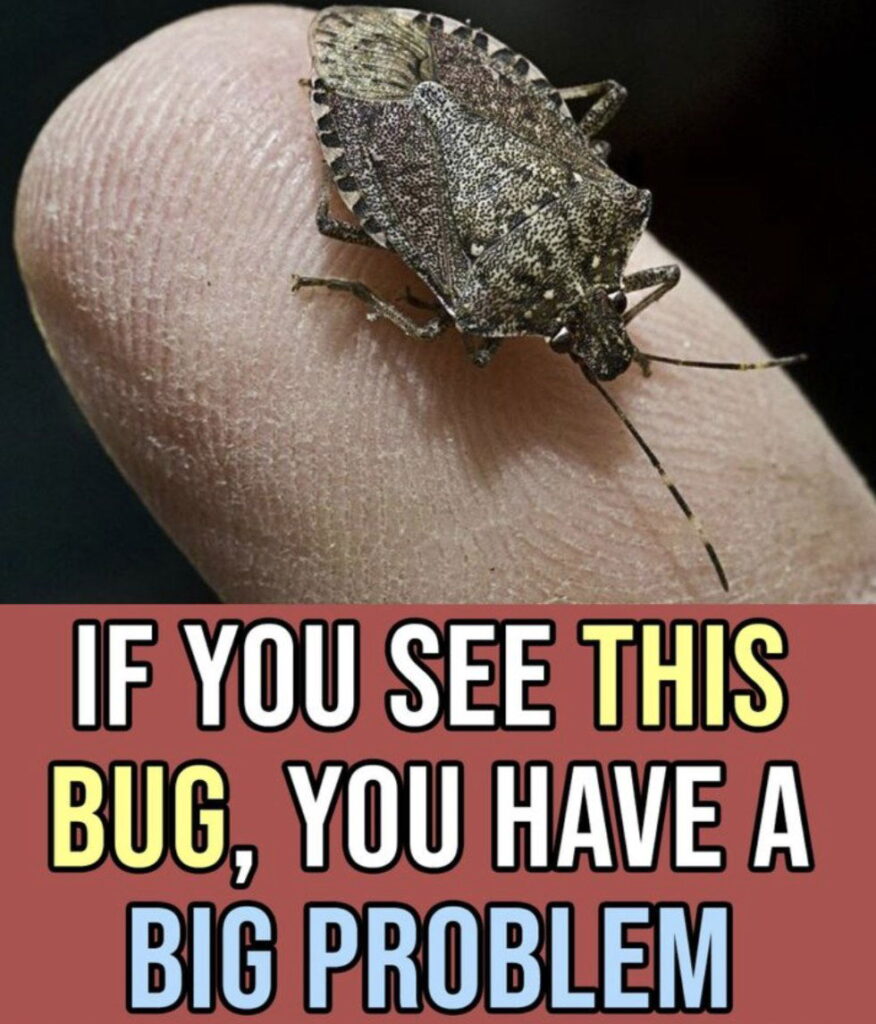If you’ve been fortunate enough to avoid encountering stink bugs in your home, consider yourself lucky. These shield-shaped insects, often mistaken for beetles, have a notorious reputation for invading homes as the temperatures drop in the fall. They seek warmth and shelter, entering through various openings such as siding, soffits, chimneys, and gaps around windows and door frames. Once inside, they can become quite a nuisance, often congregating around light fixtures and emitting a pungent odor when disturbed or crushed, which is the origin of their name.
Understanding the Stink Bug Invasion
Stink bugs, particularly the brown marmorated stink bug, are native to Asia but have become widespread in many parts of the world, including North America and Europe. They do not bite, sting, or cause structural damage to homes, but their presence can be unsettling, and their odor is unpleasant. During the fall, these insects seek out warm places to overwinter, making our homes an ideal refuge. If not addressed, a few stink bugs can multiply into a significant infestation over the fall and winter months. In severe cases, professional extermination may be necessary.

DIY Solutions to Combat Stink Bugs
Before resorting to professional help, there are effective and budget-friendly methods to manage and prevent stink bug infestations:
-
Homemade Stink Bug Spray: A simple yet effective solution involves combining two cups of hot water, one cup of white vinegar, and half a cup of dish soap in a spray bottle. This mixture can be sprayed directly onto stink bugs or in areas where they are commonly found. The dish soap penetrates the bug’s exoskeleton, while the vinegar enhances the solution’s effectiveness.
-
Essential Oil Repellents: Stink bugs are repelled by certain scents. Essential oils such as spearmint, lemongrass, and ylang-ylang can deter these pests. Diffusing these oils around your home or mixing them with water in a spray bottle to treat entry points can be effective.
-
Garlic Spray: Mixing two cups of water with four teaspoons of garlic powder in a spray bottle creates a natural repellent. Spraying this solution on plant leaves, windowsills, and other potential entry points can deter stink bugs.
Preventative Measures to Keep Stink Bugs at Bay
The most effective way to deal with stink bugs is to prevent them from entering your home in the first place:
-
Seal Entry Points: Regularly inspect your home for cracks, gaps, or holes, especially around windows, doors, siding, and utility pipes. Sealing these openings with caulk or weather stripping can significantly reduce the chances of stink bugs entering.
-
Reduce Outdoor Lighting: Stink bugs are attracted to light. Minimizing the use of outdoor lighting during peak seasons or switching to less attractive yellow bulbs can help deter them.
-
Maintain Your Yard: Keeping your yard well-maintained by trimming overgrown vegetation and removing debris can reduce hiding spots for stink bugs near your home. Additionally, storing firewood away from the house and off the ground can deter these pests.
-
Eliminate Moisture Sites: Stink bugs, like many pests, are attracted to moisture. Fixing leaking pipes, ensuring proper drainage, and reducing moisture buildup around your home can make it less attractive to these insects.
When to Seek Professional Help
If your home is experiencing a significant infestation that DIY methods cannot control, it may be time to consult a pest management professional. They can assess the situation and implement appropriate control measures to address the problem effectively.
By understanding stink bug behavior and implementing these preventative and control measures, you can keep your home free from these unwelcome, odorous guests.
For a visual guide on creating an effective DIY stink bug trap, you might find the following video helpful:






